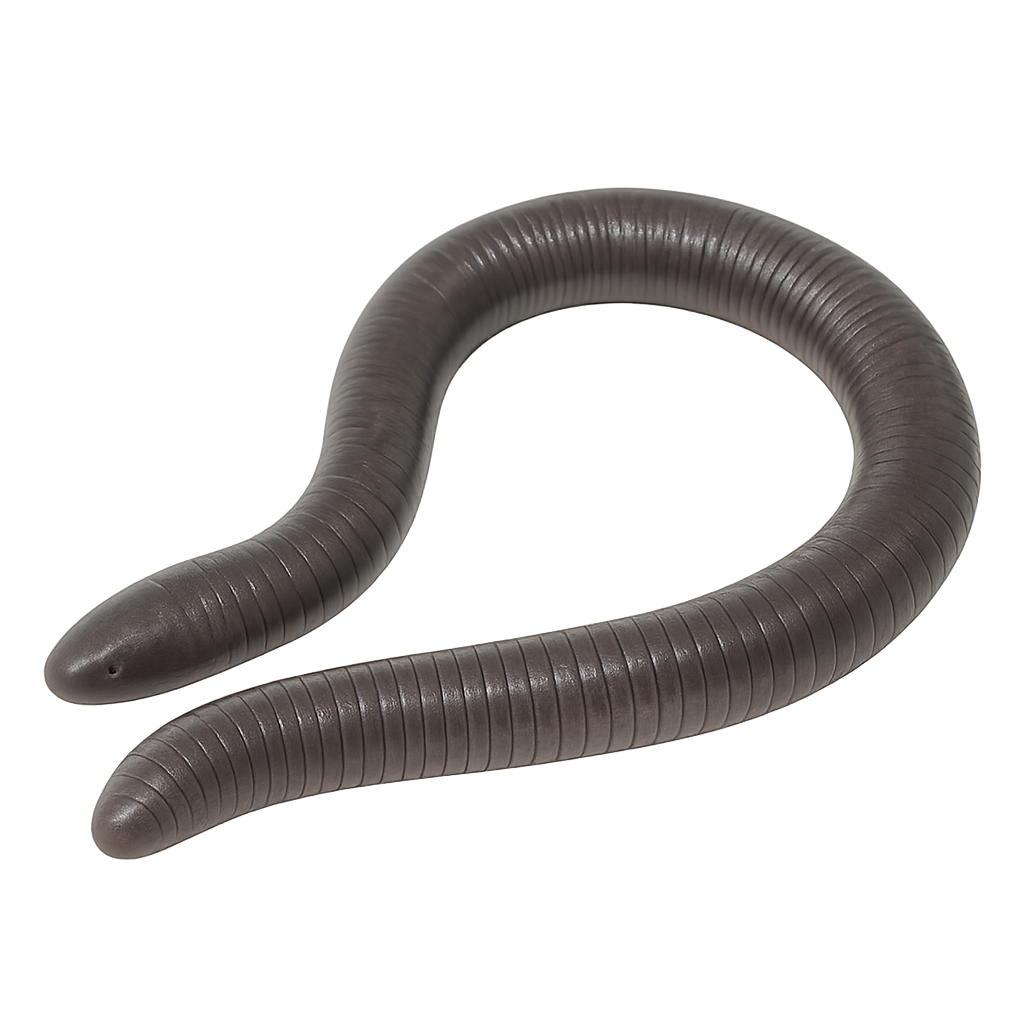Your wildlife photography guide.
Explore the mexican burrowing caecilian in detail, study its behavior, prepare your shots.
Where to observe and photograph the mexican burrowing caecilian in the wild
Learn where and when to spot the mexican burrowing caecilian in the wild, how to identify the species based on distinctive features, and what natural environments it inhabits. The WildlifePhotographer app offers tailored photography tips that reflect the mexican burrowing caecilian’s behavior, helping you capture better wildlife images. Explore the full species profile for key information including description, habitat, active periods, and approach techniques.
Mexican burrowing caecilian
Scientific name: Dermophis mexicanus

IUCN Status: Least Concern
Family: DERMOPHIS
Group: Amphibians
Sensitivity to human approach: Suspicious
Minimum approach distance: 2 m
Reproduction period: April to May
Incubation: 11 mois
Births: April to May
Habitat:
tropical forests, wetlands, rivers
Activity period :
Mainly active at night, generally discreet during the day.
Identification and description:
The Dermophis mexicanus, or Mexican burrowing caecilian, is a burrowing amphibian characterized by its elongated, limbless body, resembling an earthworm. Its smooth, segmented skin allows it to move easily underground. Primarily nocturnal, this species feeds on small invertebrates found in the soil. It has keen senses to detect prey in the dark. Mexican caecilians inhabit moist environments, often near rivers or in tropical forests. They are ovoviviparous, meaning the young develop in eggs inside the mother's body until hatching. Though discreet, they play a crucial role in the ecosystem by regulating invertebrate populations.
Recommended lens:
Macro – adjust based on distance, desired framing (portrait or habitat), and approach conditions.
Photography tips:
To photograph the Dermophis mexicanus, it is advisable to use a macro lens to capture the details of its segmented skin. Given its nocturnal nature, a night outing with a headlamp may be necessary. Look for it in moist soils near rivers or in tropical forests. Be patient and discreet, as this species is suspicious and easily hides. Use a tripod for stable shots and adjust the lighting to avoid reflections on its smooth skin.
The WildlifePhotographer App is coming soon!
Be the first to explore the best nature spots, track rutting seasons, log your observations, and observe more wildlife.
Already 1 431 wildlife lovers subscribed worldwide

